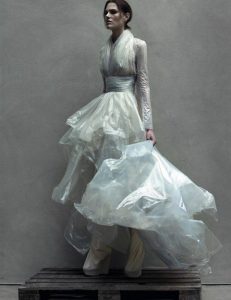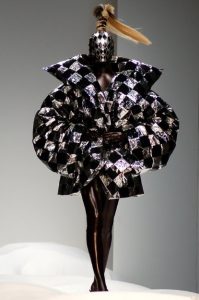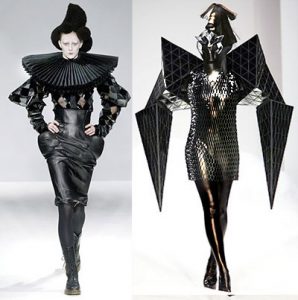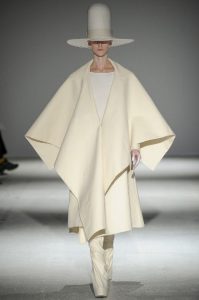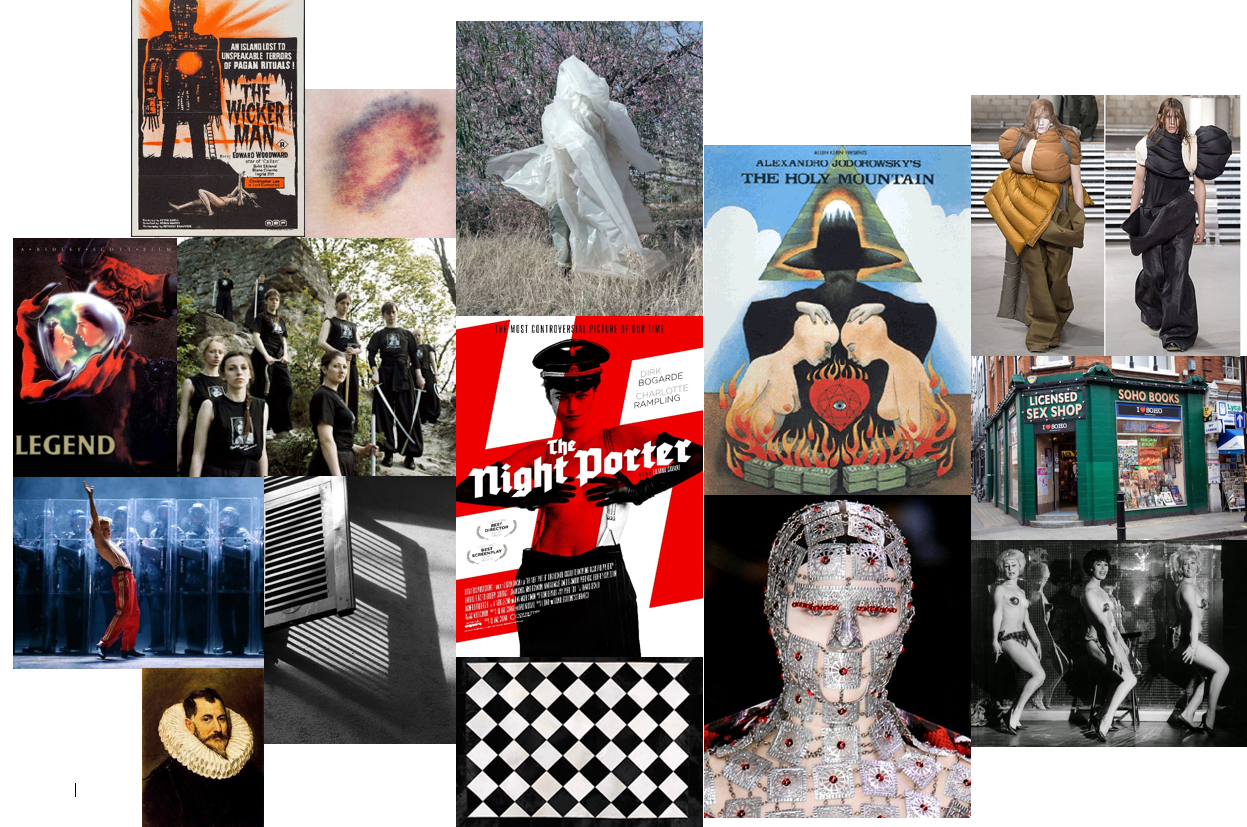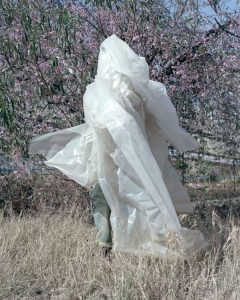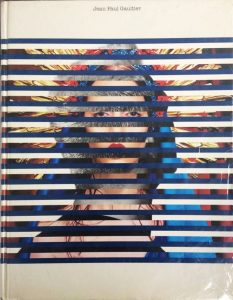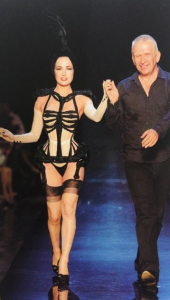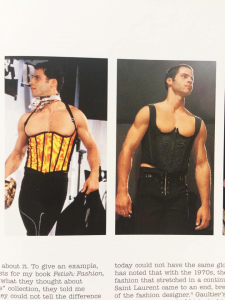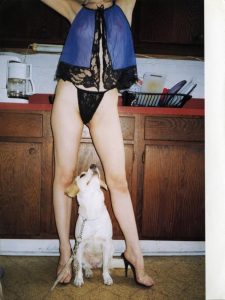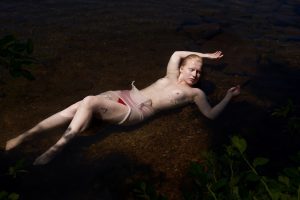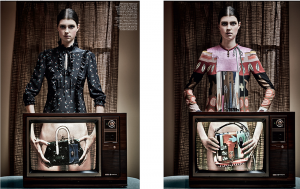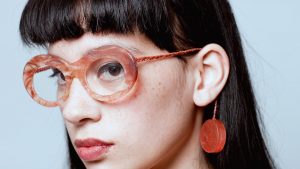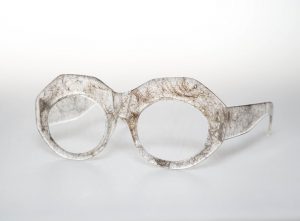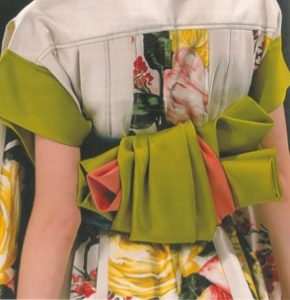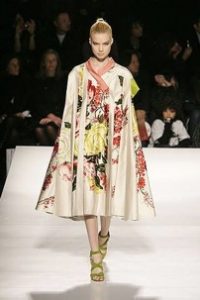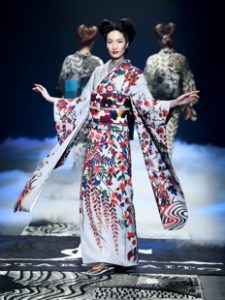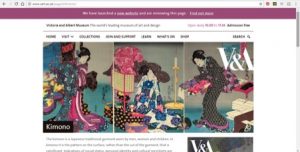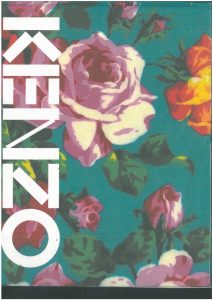I have found each task interesting and allowed me to explore aspects of my course, opening my mind to new ideas. The module involved researching and analysing texts/ imagery and then uploading onto a blog to collect my findings which showed my skills growing.
Task 1/2 involved researching on a range of platforms to inform and build on one another. This is something I found challenging to do previously but being able to use the library and online resources successfully helped me establish a better research process than before. Building these skills has transferred successfully into my projects, with the library being the first stage of my research which has been beneficial to the quality of my work and expanding my knowledge on different areas.
Task 3/4 incorporated the multi-platform research style from the previous task so I had the basic skills for this task. The task helped me find different fashion concepts which I had previously not explored. Most of my work in the past has been inspired by Asian culture and dress (like Task1/2), so being able broaden my knowledge is very beneficial to my work and practice. I incorporated this new knowledge into my project work and have a better database of research for my designs to develop from.
Task 5/6 was to explore the work of a designer and their inspirations. This task was extremely interesting as my knowledge of designers is limited and exploring one in depth really helped this. I read multiple articles and interviews with Gareth Pugh to discover his inspirations and with that I found new resources and concepts which I could work with in future projects. I used this task in my own work by using Gareth Pugh as inspiration for my fashion design project. His inspiration from photography and films has also given me new locations to get ideas from.
Task 7/8 was the most challenging for me as it involved reflecting on academic writing. I understood the writing and the meaning despite the more advanced language. When it came to reflecting I found it more difficult to have a starting point to begin my response. I followed the advice from the lecture by writing and leaving to come back a few days later. This method was very helpful as I got to reflect and analyse my own writing and then improve it. My writing became more coherent and I related my references to it with more accuracy.
Task 9/10 involved discussing ethical issues and deeper meaning within a fashion ad photograph. This task was interesting as it involved more serious issues within fashion that the other tasks hadn’t involved which helped improve my analysis of the various meanings and symbols within the image. Analysing the faults and neglect for ethics within areas of fashion, has inspired me to be more vigilant in the creating and photographing of my work.
In conclusion, these tasks have allowed me to build new skills within researching and expanding my knowledge and analytical skills for both imagery and text. Building these skills and being able to critique ethical issues has made me more informed as a practitioner and designer. The most important skill I can take from this module is how to research on multiple platforms to enrich and inform my work more successfully.


